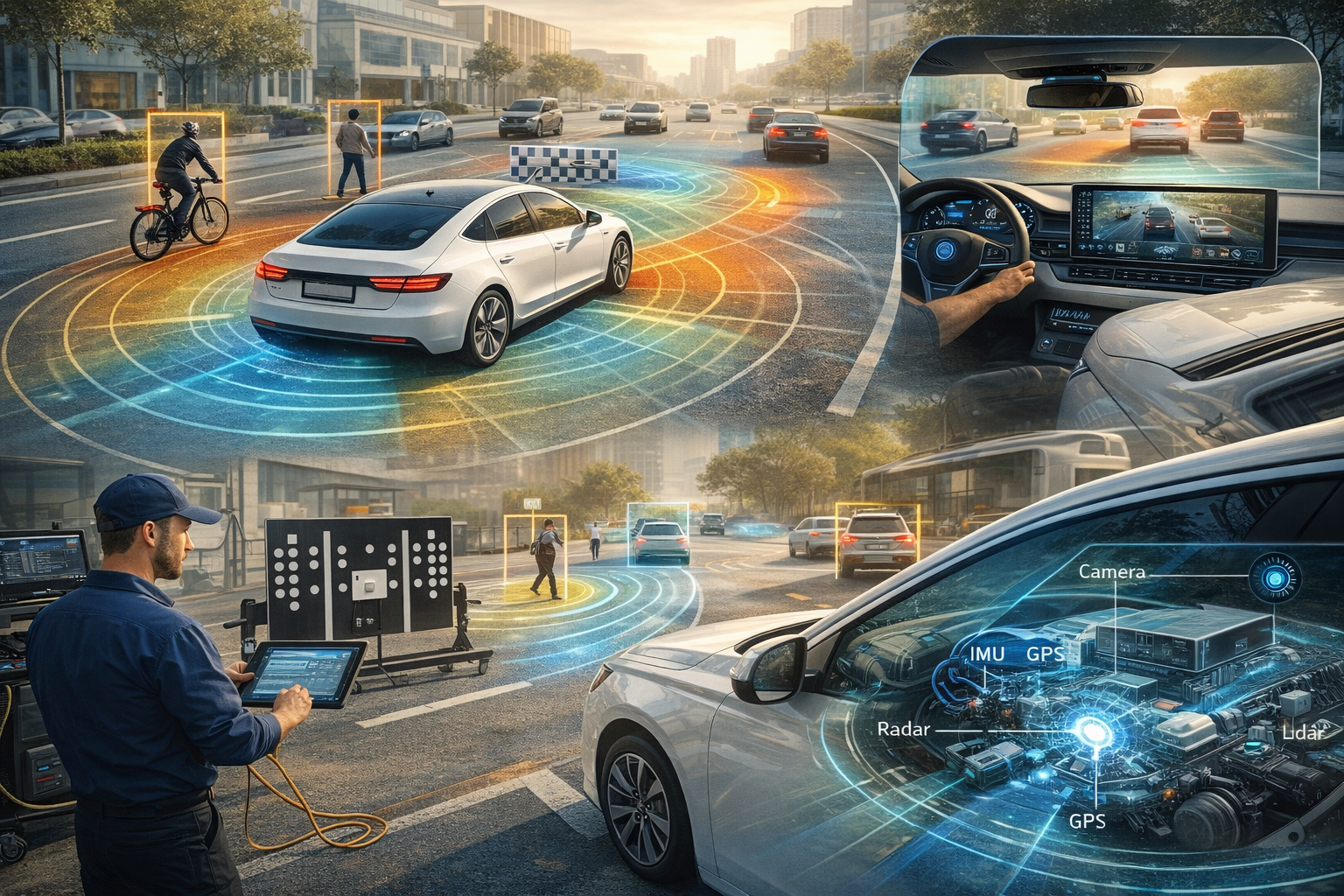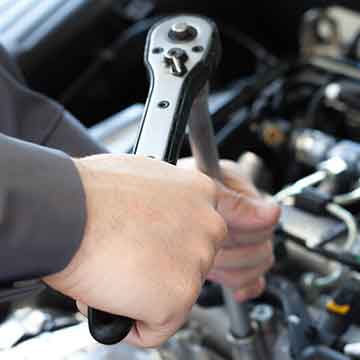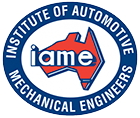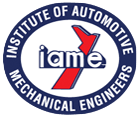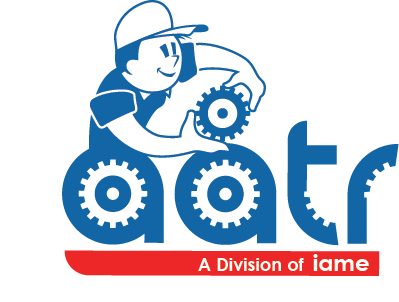Transforming the Automotive Landscape:
The Power of Hyper-Automation
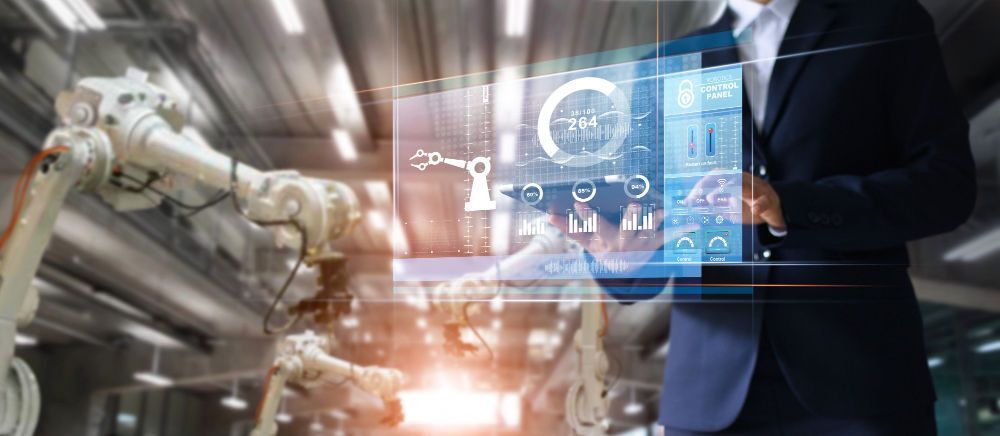
In the fast-paced world of the automotive industry, innovation isn't just a luxury – it's a necessity. Enter hyper-automation, the trend that's reshaping the way automotive businesses operate and driving them towards unprecedented efficiency and productivity. As we navigate this dynamic landscape, it's essential to recognize the key players, like UiPath, who are leading the charge in this transformative movement.
Unlocking the Potential of Hyper-Automation
Hyper-automation is the answer to the challenges faced by the automotive sector, offering a holistic approach to automation that goes beyond the capabilities of traditional systems. By combining AI-powered tools, machine learning, and robotic process automation, hyper-automation tackles intricate, interdependent processes that were once considered beyond the realm of automation. This innovation is not just about reducing costs; it's about maximizing efficiency and fostering an environment ripe for innovation.
UiPath: Pioneering the Hyper-Automation Revolution
At the forefront of the hyper-automation revolution is UiPath, an industry leader that's pushing the boundaries of what's possible in the automotive industry. Through their AI-powered tools, UiPath is enabling businesses to achieve sophisticated levels of automation that were previously unimaginable. By handling repetitive tasks, data analysis, and complex workflows, UiPath's solutions empower automotive professionals to focus on high-value, strategic activities that propel their companies forward.
Elevating Efficiency to Unprecedented Heights
The adoption of hyper-automation isn't just about speeding up processes; it's about enhancing every facet of automotive operations. From the manufacturing floor to supply chain management, hyper-automation is streamlining operations, reducing errors, and enabling real-time decision-making. This newfound efficiency is a game-changer, as it allows companies to meet customer demands swiftly and adapt to market shifts with agility.
Fueling Innovation and Creativity
In a rapidly changing landscape, innovation isn't optional – it's essential for survival. Hyper-automation is freeing up valuable human resources by automating routine tasks, which in turn empowers automotive professionals to channel their creativity towards innovation. With AI-driven insights and analytics, companies can make informed decisions, identify trends, and discover new opportunities, leading to the development of groundbreaking products and services.
A Glimpse into the Future
The rise of hyper-automation in the automotive industry is more than just a trend; it's a revolution. As we move forward, we can expect this transformative technology to continue reshaping the industry. Market leaders like UiPath are not only setting the standard for hyper-automation but also inspiring others to harness the power of AI-powered tools to drive their success.
In conclusion, hyper-automation is ushering in a new era for the automotive industry. The fusion of cutting-edge technology and human ingenuity is propelling us towards unprecedented efficiency, innovation, and growth. With pioneers like UiPath leading the way, the automotive industry has a bright and exciting future ahead.
